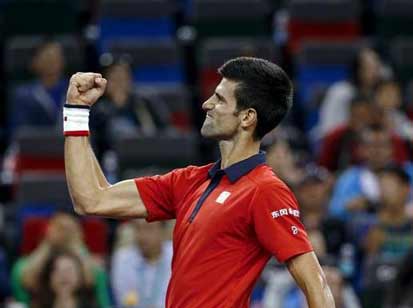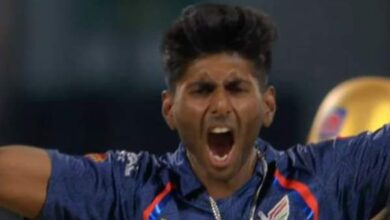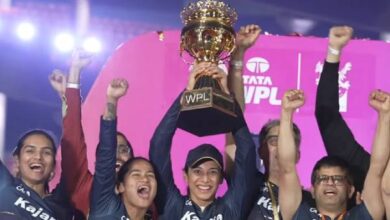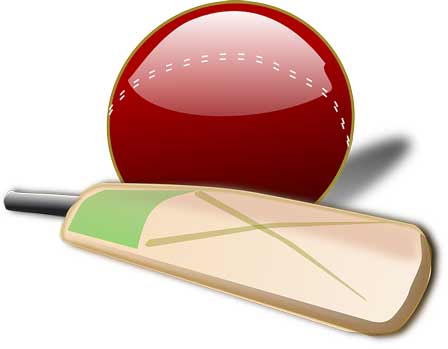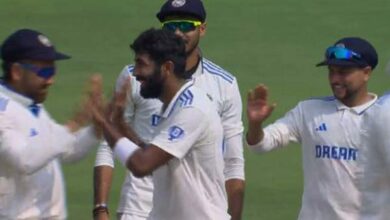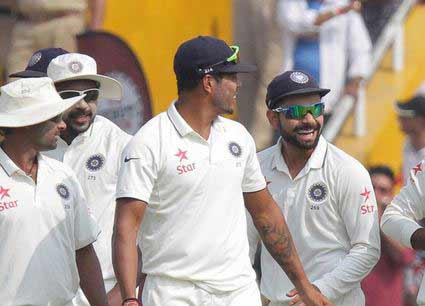Indian team celebrates after their victory over New Zealand in the Davis Cup
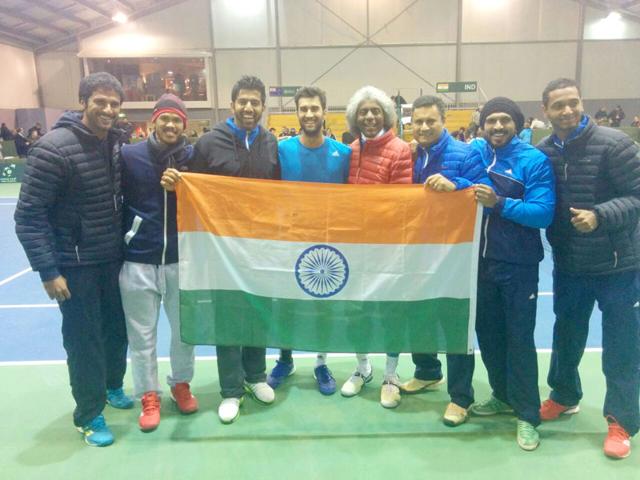
A day in the life of an actor: Turn up for work. Get make-up done. Rehearse lines. Wear costumes. Start shooting. Stick to the script. A few hours later, that’s a wrap.
A day in the life of an Indian Davis Cup player. Turn up for the tie. Get used to the surface. Warm up nicely. Kit up. Start playing. Stick to the script. Three days later, that’s a wrap.
India’s Davis Cup Group I tie against New Zealand seemed pretty straightforward to the outside observer. The final result was more or less as predicted: 4-1 in India’s favour. India dominated all four singles rubbers, with the pair of Yuki Bhambri and Ramkumar Ramanathan beating the Kiwi singles players Jose Statham and Finn Tearney on Friday and Sunday. The doubles too went by the book. New Zealand’s Artem Sitak and Michael Venus , ranked 36 and 56 respectively in doubles, got the better of Leander Paes (ranked 64) and Vishnu Vardhan (332).
But back to the start. Bhambri, not six months into his return from injury, impressed in the opener, setting the tone winning 6-4,6-4,6-3. Although his game wasn’t quite up to the level that took him into the top 100 in 2015, it was more than enough for Tearney, ranked 415. Bhambri’s return is good news for India; despite more errors than he would have liked, he showed good intensity in all three sets of his first rubber, suggesting his time spent off the tour has helped boost his fitness levels. Those will be fully tested in India’s next tie, scheduled for the heat of April.
“If I don’t take my chances I have to run a lot. I don’t really enjoy that”, quipped Bhambri of his aggressive and error prone first set. “It’s just how I play. Even though I missed a few, I felt I was in control, I did miss a couple early but then they all started going in.”
Except, when India play Davis Cup, the script probably has more overwriting and corrections than a Donald Trump review of Obamacare. Case in point: The last minute arrival of Vardhan, as a late replacement for the injured Saketh Myneni. There was no shortage of misplaced punctuation either: the question marks were provided by the absence of a fit and available Rohan Bopanna, and Leander Paes did his best to add some exclamations, but may have to face the reality of a full stop.
The results showed, as the difference in his game from two months ago to now is stark. Ramkumar won both his matches in straight sets, did not drop a single service game, and dismantled Tearny in the reverse singles, winning 7-5, 6-1, 6-0. His serve was his biggest weapon, and he used the inside out forehand at every opportunity he got. Another asset for him was the crowd support; Ramkumar seemed to feed off them, and played them up at all the right moments. He will be happy that India’s next tie is at home as well.
Ramkumar Ramanathan, in January, was knocked out of a Challenger tournament on this same court by Bhambri, a loss that shook his confidence a bit. So he made the decision to fly to the US to train with Emilio Sanchez, of Sanchez-Casal academy, who he has been with since his junior days. “It’s a great place to train,” he said after the tie, “I might go back again for a while.”
Some actors refuse to toe the lines on the pages of their script. Leander Paes is one such, ever challenging rankings, eclipsing their value with the flag that sits on his shirt. For the better part of two decades he took out players ranked above him while playing for India, and this time seemed no different. He and Vishnu Vardhan took a set off the higher ranked pair of Sitak and Venus, and threatened to upset them more than once in the rubber. But the Indians blew five break points in the third set; Vardhan’s returns and Paes’ finishes at the net both not clicking when it mattered most. They eventually lost that set in a tense tie break, and then Vardhan was broken early in the fourth to seal their fate. The Kiwi pair were the one who had the final say, getting at least one scene going the way they wanted, winning 4-6,6-4,6-4,6-3.
Whether this tie is curtain call for Paes or not will only be revealed in the future. But it was certainly the last for team captain Anand Amritraj, who will be replaced by Mahesh Bhupati in April. Amritraj leaves a record of five wins in eight ties, with the losses coming against top ten nations Serbia, Czech Republic and Spain. The discord among the players in his tenure has been a blemish on an otherwise respectable tenure; the inability to enforce discipline was one of the reasons the AITA chose to replace him. India will need to make the transition quickly though; new captain Bhupati has only two months till the next tie. “It will be after all a very tough act to follow,” Amritraj said.
Off the court, the Pune crowd were appreciative of both teams. According to stadium officials, more than 9000 people came to the tie over the three days, like a faithful theatre audience coming to see a live performance. For the doubles rubber, the stadium was packed beyond its 3900 capacity, with people sitting in the aisles to get a glimpse of the game, possibly Paes’ last in an India shirt.
Pune last hosted a Davis Cup tie 43 years ago, and the decision to move the tournament to non-traditional venues was appreciated by Amritraj. “I personally like the smaller cities, because it brings all the people out. In Delhi, nobody cares.” The spectators who waited till the end of the final dead runner were rewarded by a jig performed by the Indian team at the end of the tie, to the tunes of the hit Marathi song Jhingat.
As the night drew to a close, Bhambri said something that raised an important question regarding the development of the next generation of players: “I don’t know if the AITA has the desire to do it. I haven’t come across anything in the last 5 to 10 years that shows that desire. Everyone has come up training by themselves and not through a system. That’s why we see just one great singles player every 10 years.”
India next play Uzbekistan, a country which Denis Istomin recently put on the map when he ousted Novak Djokovic from the Australian Open. Istomin was the chief destroyer in his team’s surprise win against South Korea, starring in all three rubbers won. It is hard to write a script with such an ascendant player in the opponent ranks, so the choice of surface, time, and team for the next tie will need to be made carefully to maximize home advantage. It will also be India’s last home tie this year.

